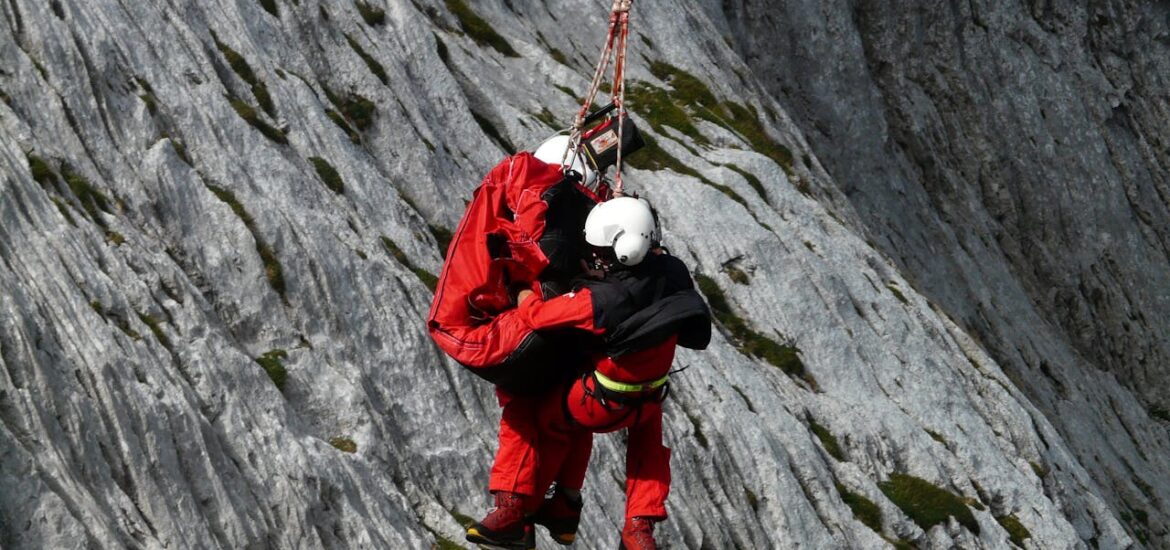Vertical rescue training is a crucial aspect of emergency response, particularly in environments where traditional rescue methods are impractical or impossible. From towering skyscrapers to rugged mountain terrain, vertical rescue techniques are essential for safely extricating individuals from elevated or confined spaces. In this article, we delve into what vertical rescue training entails, its importance, and the skills required to excel in this specialized field.
At its core, vertical rescue training prepares responders to execute complex rescue operations in vertical or near-vertical environments. These environments may include construction sites, cliffs, canyons, industrial facilities, or even urban settings with high-rise buildings. Unlike horizontal rescue scenarios, where victims are typically accessible from the ground, vertical rescues present unique challenges that demand specialized skills, equipment, and techniques.
One of the primary objectives of vertical rescue training is to equip responders with the knowledge and proficiency to assess, access, and extricate individuals from elevated locations safely. This encompasses a range of skills, including rope systems rigging, anchor placement, rappelling, ascending, and lowering techniques. Additionally, responders learn to mitigate hazards such as falling debris, unstable structures, or adverse weather conditions that may complicate rescue efforts.
The training typically begins with comprehensive classroom instruction, where participants learn about the principles of vertical rescue, equipment selection, and safety protocols. Understanding the physics of rope systems, load dynamics, and harness utilization is paramount to ensuring the safety of both rescuers and victims during operations.
Hands-on practical exercises form a significant component of vertical rescue training, allowing participants to apply theoretical knowledge in simulated rescue scenarios. These exercises often involve deploying rope systems, performing rappels, executing pick-off rescues, and practicing patient packaging techniques. Through repetition and feedback from experienced instructors, responders hone their skills and build confidence in executing complex maneuvers under pressure.
Moreover, vertical rescue training emphasizes teamwork and communication, as operations often require coordination among multiple responders working in tandem. Clear and concise communication is essential for ensuring smooth operation and mitigating the risk of errors or accidents during high-stress situations.
In addition to technical skills, vertical rescue training instills critical thinking and problem-solving abilities in responders. Given the unpredictable nature of rescue scenarios, responders must adapt quickly to changing circumstances and devise creative solutions to overcome obstacles.
Vertical rescue training is not limited to professional rescuers; it is also valuable for individuals who work or recreate in elevated environments. For example, workers in industries such as construction, telecommunications, or utilities may undergo vertical rescue training as part of their job requirements. Similarly, outdoor enthusiasts engaging in activities like rock climbing, caving, or mountaineering can benefit from learning basic vertical rescue techniques to enhance their safety and preparedness in remote settings.
In conclusion, vertical rescue training plays a vital role in ensuring the safety and well-being of individuals in elevated or confined spaces. By equipping responders with the necessary skills, knowledge, and confidence, it empowers them to execute complex rescue operations effectively. Whether in urban settings or remote wilderness areas, the principles of vertical rescue are invaluable for mitigating risks and saving lives in challenging environments.

